Selective use of egg yolk binder
Artists' Materials
Egg yolk is present in areas painted with red lead, and probably also with vermilion, in the two initials painted by Don Silvestro dei Gherarducci (see Artists).
The image of St Laurence also contains small amounts of egg yolk in orange and red areas, but the same binder was also employed in the initial and border ornament, irrespective of the pigments used. In all three cases, the spectral signature which identifies the binder is not as intense as would be expected if egg yolk had been used alone. It is possible that whole egg was used, or else that a small amount of egg yolk was added to another type of binder, perhaps to improve the handling properties of the paint.
The spectral signature is stronger in the fourth initial, where only the figure of Christ was painted with egg yolk. Egg yolk was not used in the initial and its ornamentation. This paradigm is consistent with the results of technical analyses carried out on other contemporary books from the Santa Maria degli Angeli set and on the Acciaiuoli Missal (MS 30). These are all linked to the work of the later generation of Florentine artists led by the celebrated panel painter and illuminator Lorenzo Monaco.
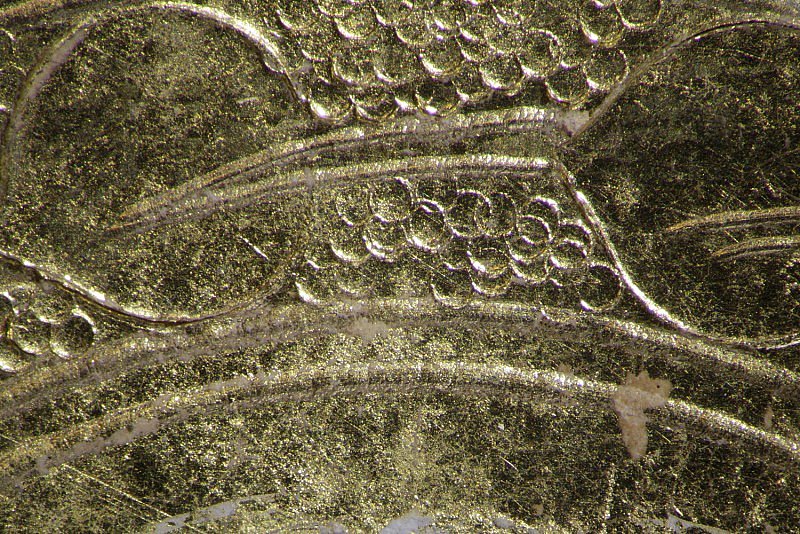
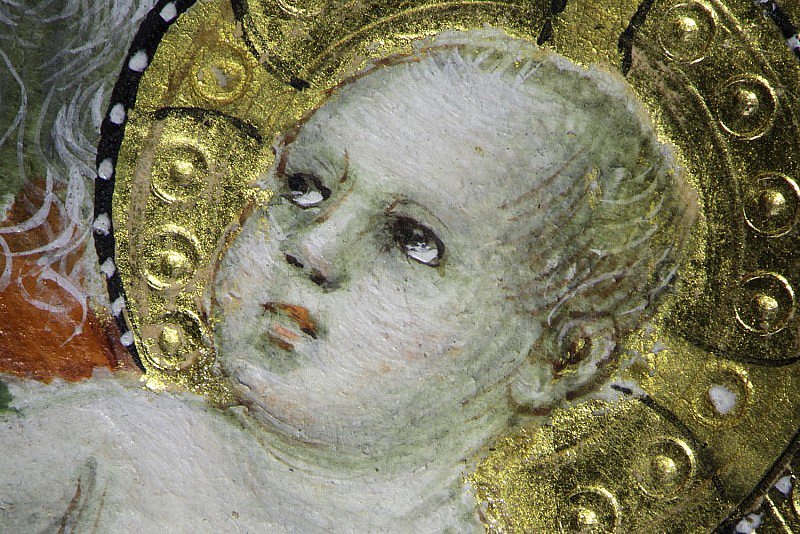
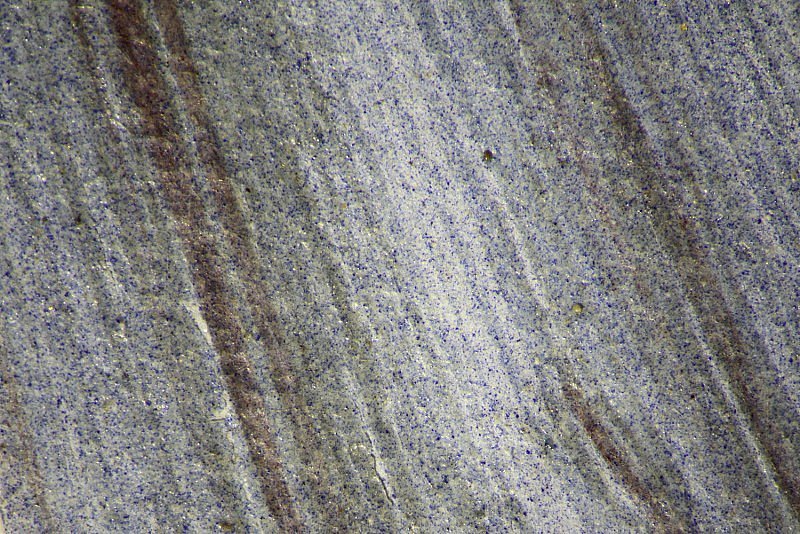
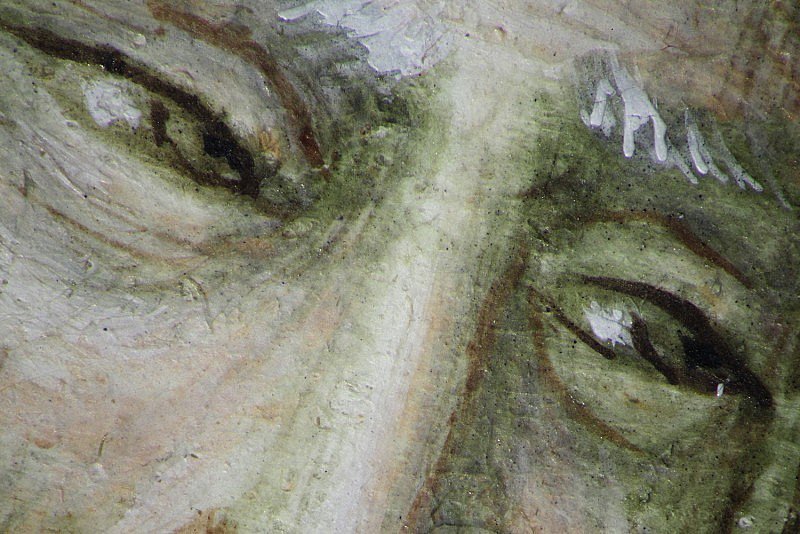
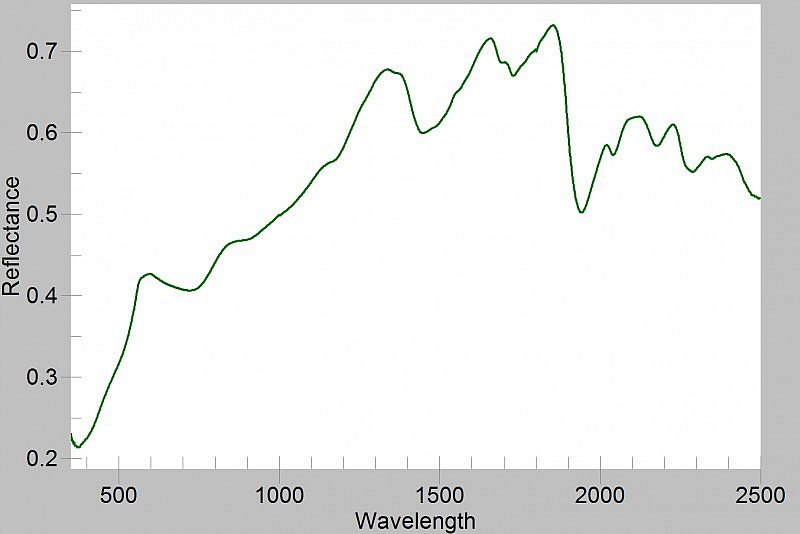
Presentation in the Temple
Historiated initial S from a Gradual, 1370-1375
The initial S introduced the Mass for the feast of the Purification of the Virgin (2 February) in Corale 2, a Gradual made for the monastery of Santa Maria degli Angeli in Florence in 1370-1375. As in many medieval and Renaissance images, the Purification of the Virgin, indicated by the white dove in Joseph’s hands, is conflated with the Circumcision of Christ. Mary and Joseph have entrusted the infant Christ to Simeon and Anna, while the priest behind, knife in hand, is ready to perform the circumcision. Painted by Don Silvestro dei Gherarducci, the image reveals his debt to Sienese painting. The model for the composition is Ambrogio Lorenzetti’s eponymous altarpiece completed in 1342 for the Crescentius Chapel in Siena Cathedral (now in the Uffizi, Florence). The tiled floor imparts a sense of depth to the pictorial space. The intricate designs on the haloes, each displaying a different pattern (hotspots 1 and 2), emulate the innovative punchwork of Sienese artists from the early 1300s.
Three different blue pigments were used in this image: most blue areas were painted with ultramarine, occasionally shaded with an organic red dye which yields a purplish hue, visible in the temple’s walls and in the folds of Anna’s mantle (hotspot 3). Ultramarine was also used for the blue leaves in the border, but azurite was added in the dark blue areas, and the leaves were outlined with indigo.
Related content: Initials from Choir Books
- Artists: Don Silvestro dei Gherarducci (1339-1399)
- Texts and Images: Presentation in the Temple
- Description and Contents: Physical Description
- Description and Contents: Script and Textual Contents
- Artists' Materials: Differences in palette
- Artists' Materials: Selective use of egg yolk binder
- Artists' Techniques: Gold tooling
- Artists' Techniques: Painting the flesh
